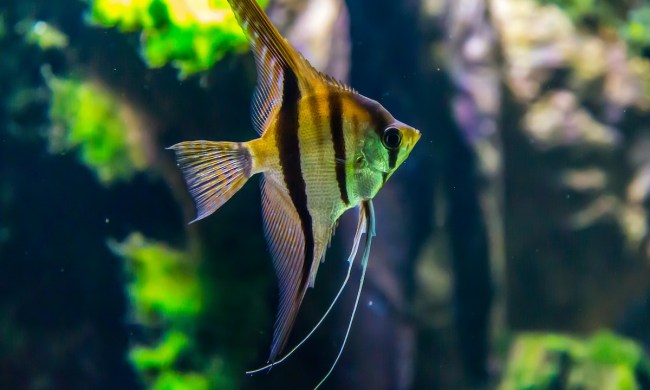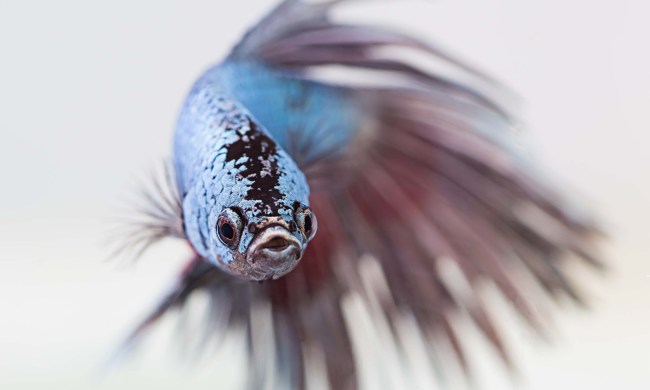Discovering the right pet for your family can seem like a job in itself. If you feel you want a nonmammal but don’t quite have the commitment ready for a snake or turtle, check out some of the amphibian possibilities. Frogs can make great family additions since they’re interesting and interactive but also function as a pet for beginners. Think of them as the step between fish and more complicated reptiles. If you want to go the full mile, start with a tadpole and watch it grow into your new friend.
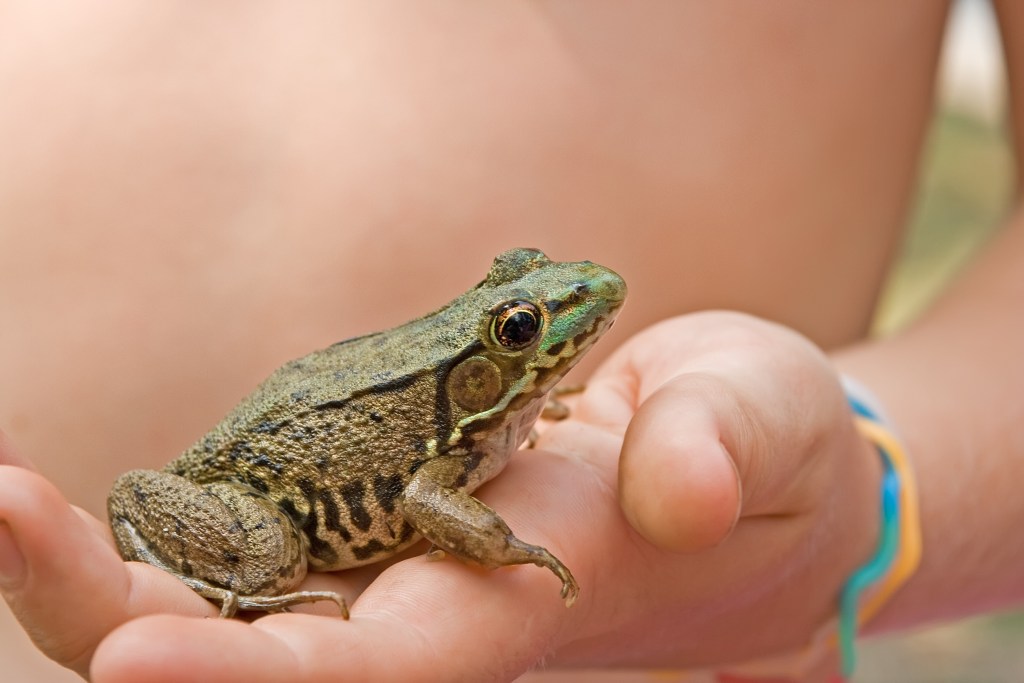
Do frogs make good pets?
Definitely! But there are a few things you’ll need to know. First, they do require more work than other aquatic tank dwellers, so be prepared for involved pet parenting. Different species also have different needs, which means you’ll want to carefully research your individual in addition to the generalized knowledge you should have for all frogs. Last thing: Frogs fall into the look-don’t-touch category of pet, and you have to communicate that to all family members before bringing him home (or you’ll wind up with kids trying to kiss him). Here’s what you’ll need to know for basic frog care.
Housing
You’ll need to carefully control temperature, humidity, and water level.
- Tank size: Most frogs will require a 15- to 20-gallon tank, depending on their size (you should increase that if you’re keeping multiples).
- Tank environment: Since frogs are amphibians, they want to live both in water and sometimes on land, so you should have lots of greens but also a water bowl.
- Humidity: Because they have that slippery skin, they require a highly humid environment, though the water bowl will help with that.
- Temperature: The perfect temperature varies by species, so do additional research, but generally, you should keep it in the high 70s or low 80s with a dip at night.
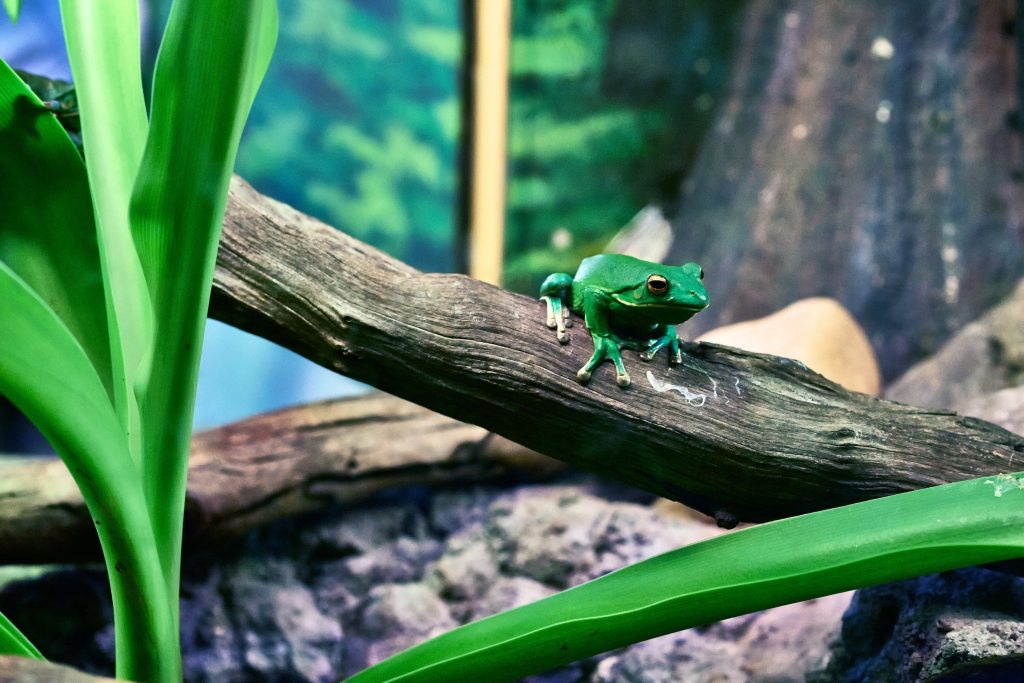
Diet
What to feed your frog: Your frog will eat meat, mainly insects, although some species can consume much larger prey like rodents. A mix of bugs does the trick, including crickets, worms, and flies. Make sure you buy these from the pet store as the bugs in your yard can bring diseases with them.
How often to feed your frog: When your animal first morphs into a full frog, you’ll feed him about every day, but as he gets older, you can move to every other day or so. On top of the feedings, dust meals with vitamin powder and give him an additional supplement if necessary each week.
Keep in mind, these are just the basics. Every type of frog will need a slightly different food intake, so research carefully.
Maintenance
Your frog’s house requires weekly cleaning, during which you should remove him to a separate tank. Scrub down the sides and any accessories inside, then replace the substrate and water after everything dries.
In terms of regular frog care, use gloves whenever you do have to handle your little croaker. He will periodically shed and, as gross as it seems, eat his skin after. Extra protein.
Health
Like all pets, frogs can carry diseases and need a special vet. Get him checked out before you even bring your new guy home to ensure nothing spreadable gets into the house, especially if you have other pets. If he does have something, you can do a short quarantine until he kicks it, then introduce him to your household.
Soft amphibian skin is sensitive, which is why we recommend gloves. Soap on your hands could otherwise pass to him and damage him inside and out. Poor nutrition is also a risk, so stick with your vitamin regimen. Sluggishness, loss of appetite, skin problems, and bloating all mean a trip to the vet is called for.
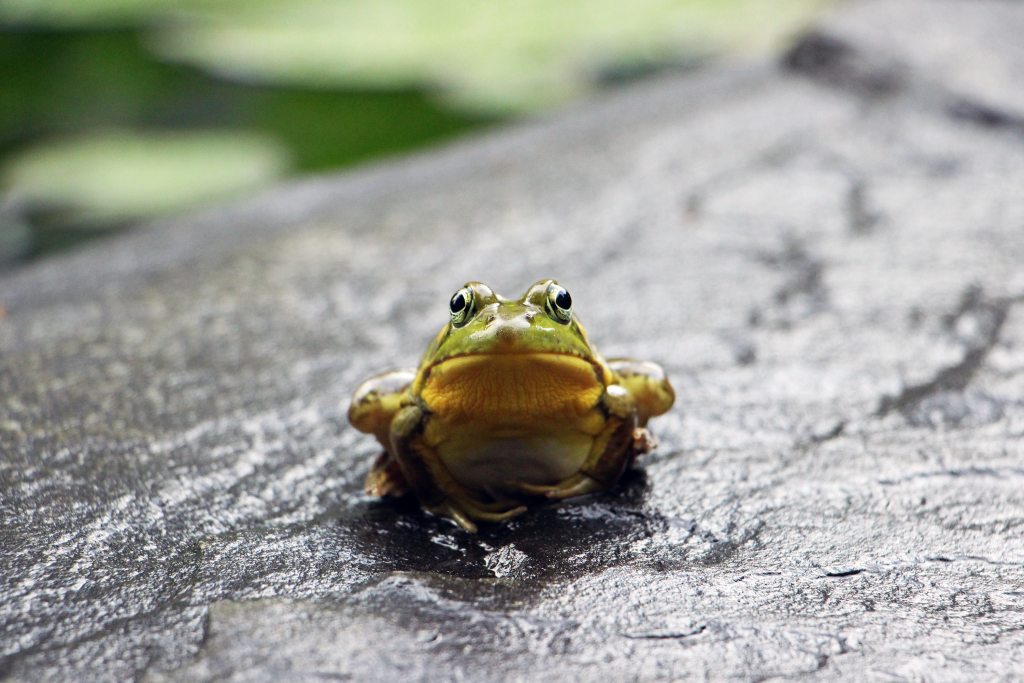
What kinds of frogs can you have as pets?
There are 5,000 frog species out there, but only a few that we keep around as pets. Of course, some are extremely poisonous, don’t bring those into your home.
Some of the best species for beginners include:
- Tree frogs
- Bullfrogs
- Pac-Man frogs
- Horned frogs
- African dwarf frogs
Do a little research on each (and there are lots of varieties within the categories to choose from) before making your final selection.
The best way to find your new pet is in a local rescue, since you’ll be saving him and you can rest assured that you aren’t disrupting wildlife. However, you also can find reputable local breeders that will openly show where their amphibians come from. Check in with a specialized vet for a list of good places to find a new frog. Asking your vet a few clarifying questions can help determine which type will suit you best.


